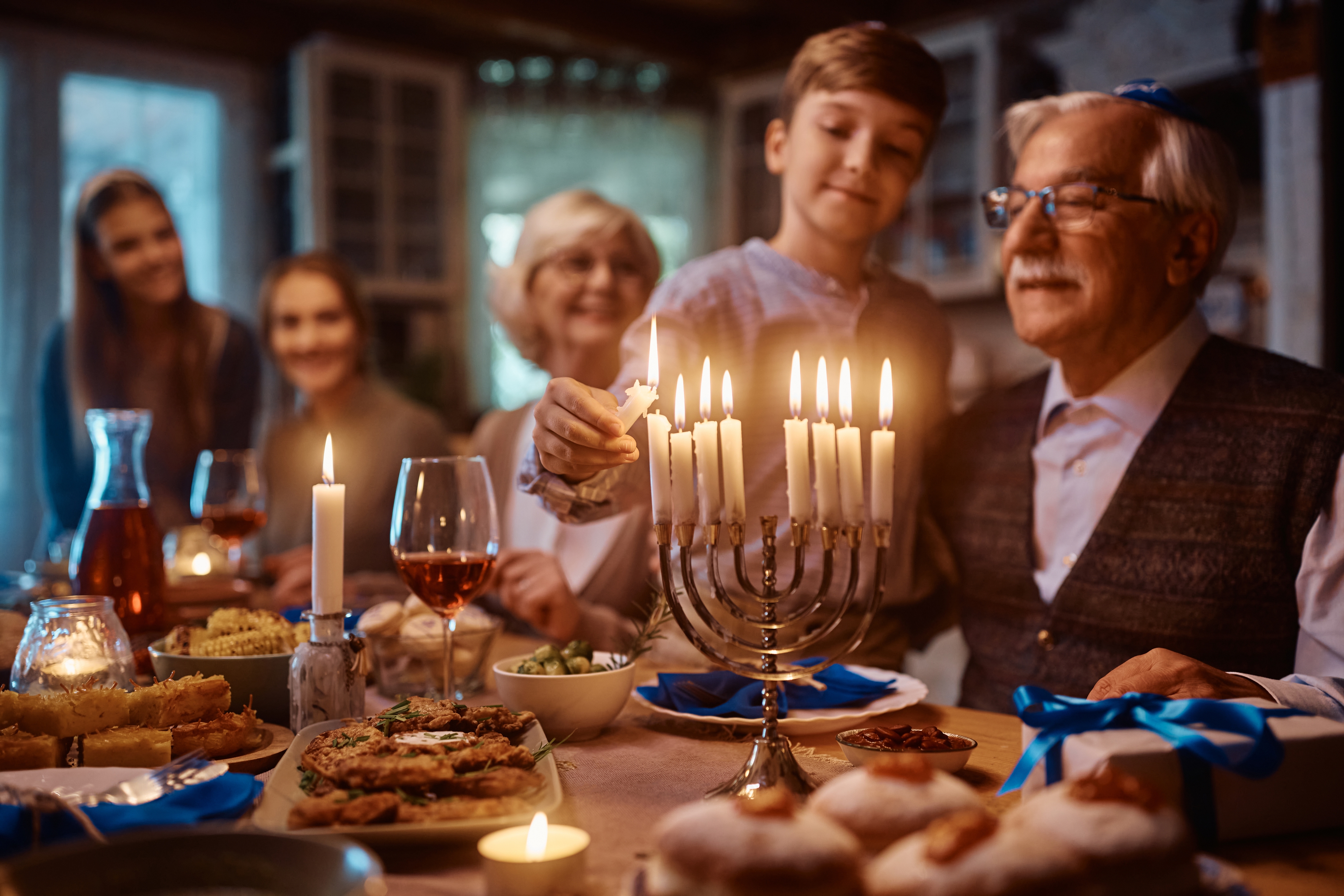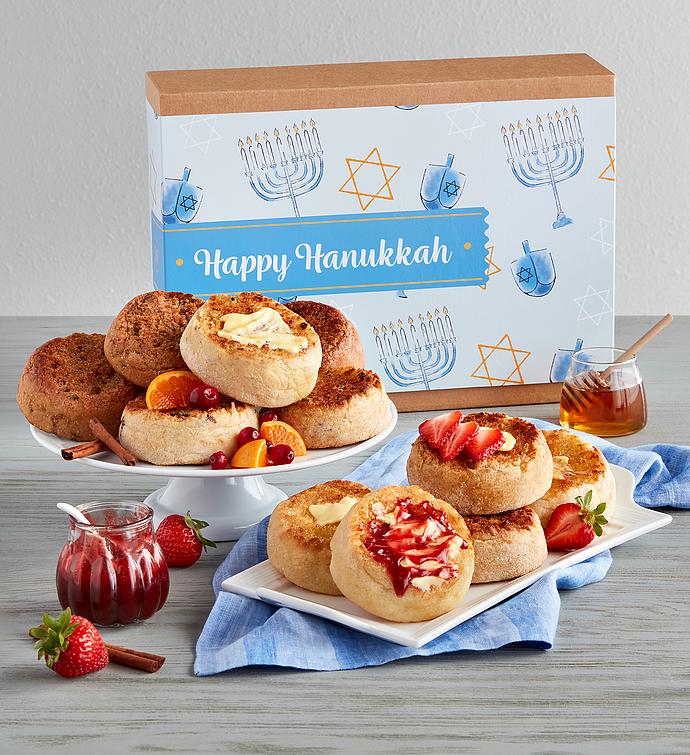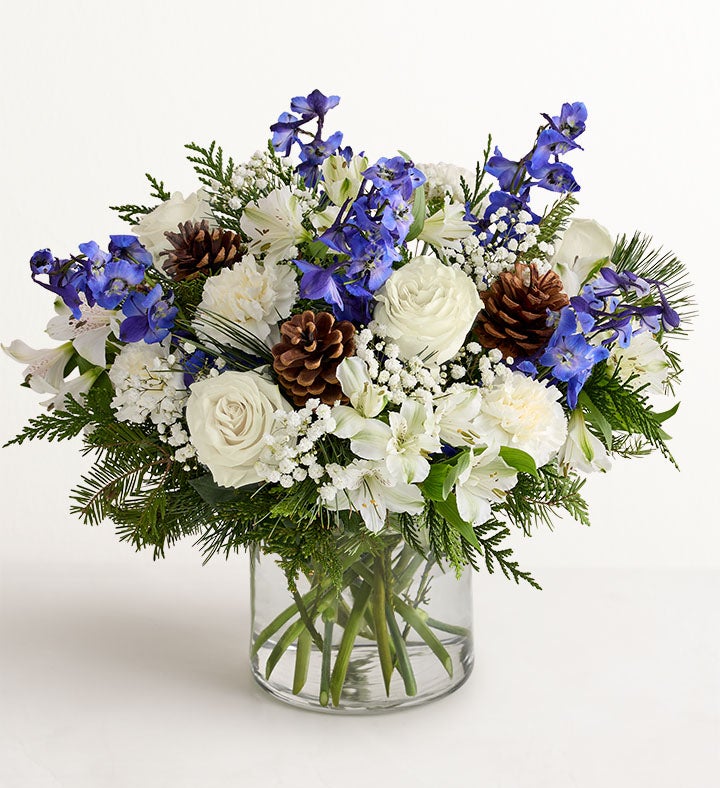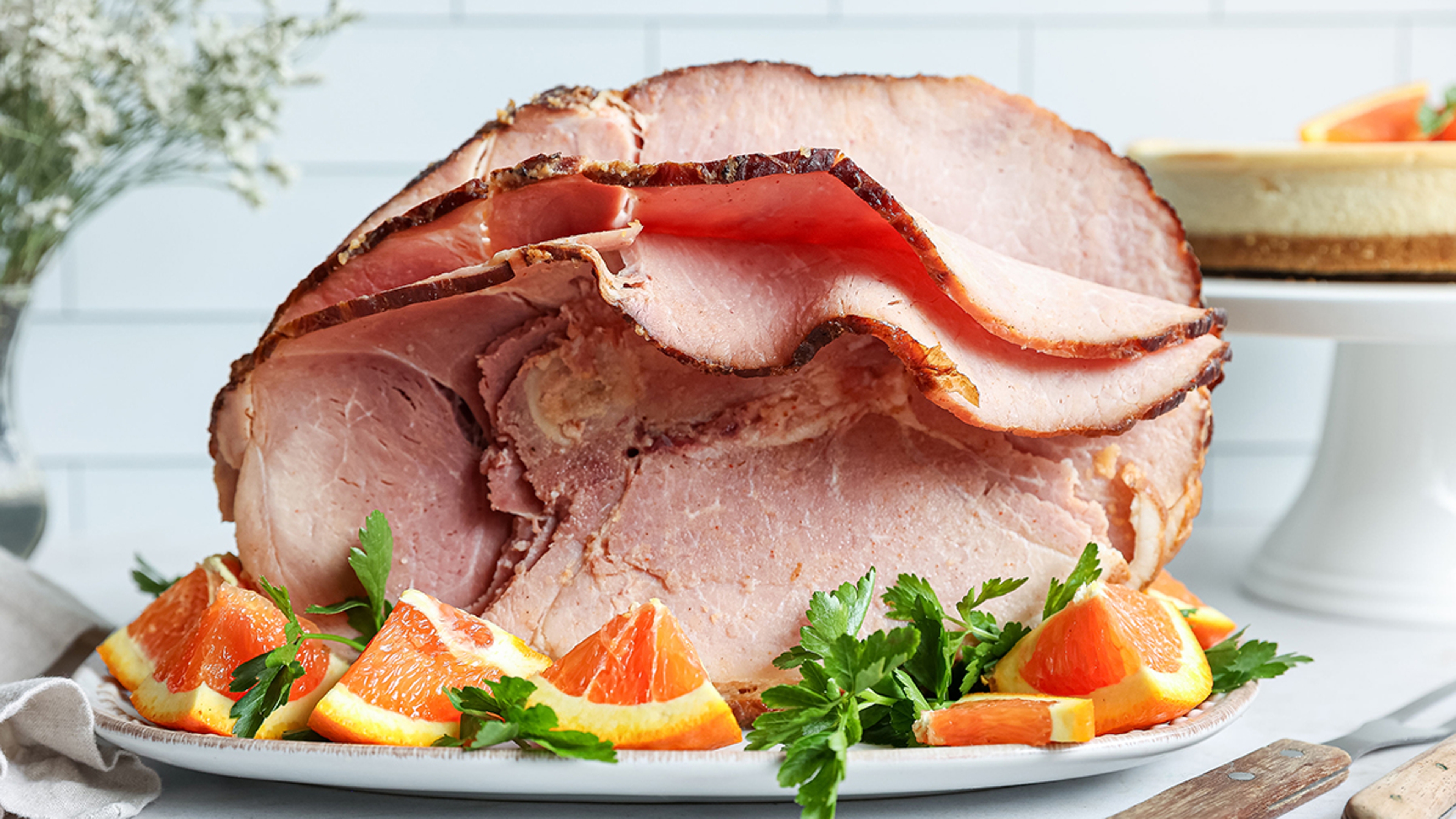When Is Hanukkah This Year?
Whether or not you celebrate the Festival of Lights, this guide to Hanukkah (or however you spell it) will quickly catch you up.
Oct 13, 2025
Each December — sometimes in November (even in January) — Jewish families around the world light candles, spin dreidels, and enjoy delicious fried foods in celebration of Hanukkah, the Jewish Festival of Lights. This eight-day holiday honors courage, faith, and the miracle of light that burned longer than anyone thought possible.
And if you thought you knew everything about the holiday, you may want to keep reading. (If you know you don’t know everything, then definitely keep reading.) Here’s everything you need to know about Hanukkah — from its origins and rituals to traditional foods and songs, as well as how to actually spell it.
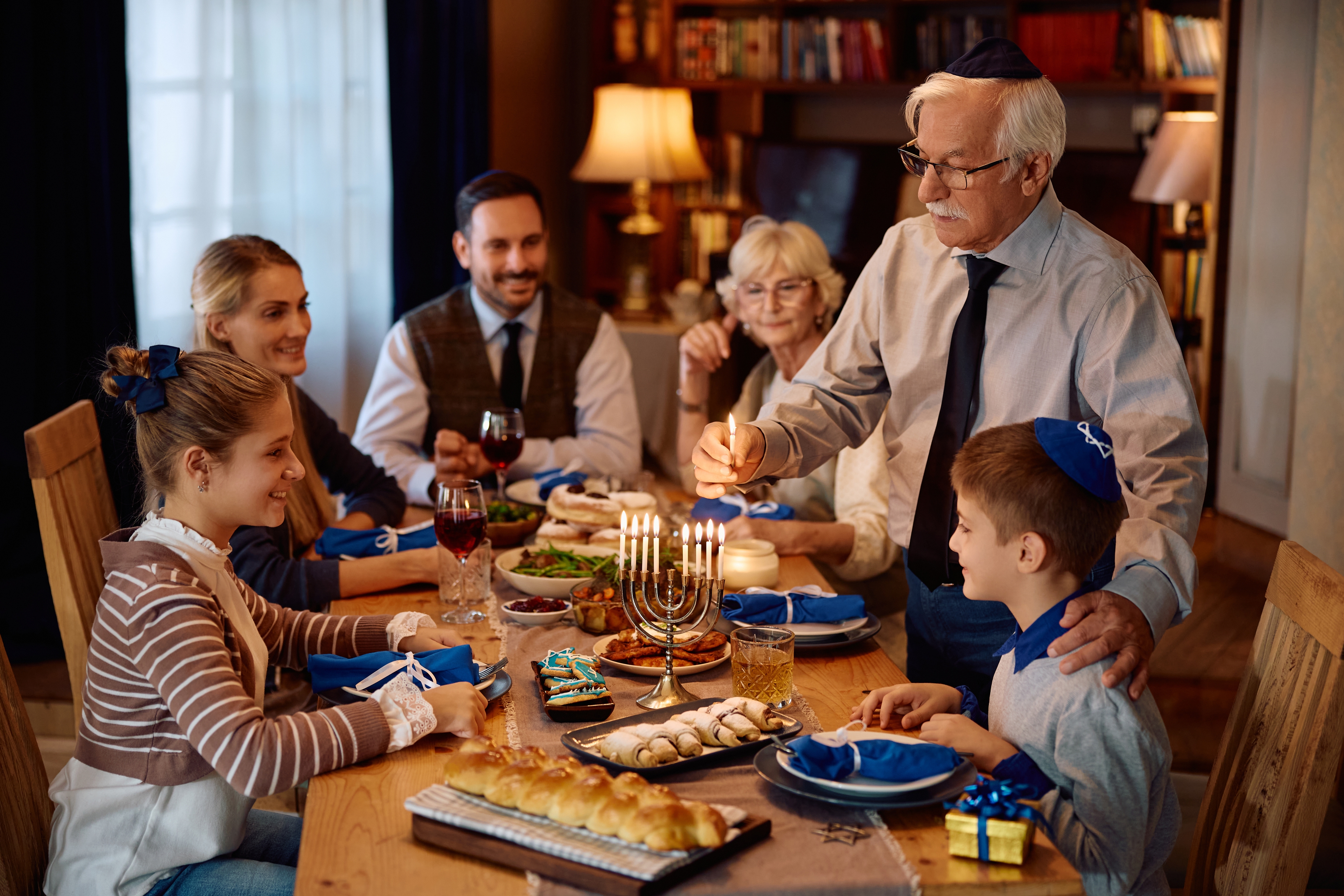
What is Hanukkah?
Hanukkah, also spelled Chanukah — among many other ways (more on this below) — means “dedication” in Hebrew. It commemorates the rededication of the Second Temple in Jerusalem more than 2,000 years ago after it was ravaged by foreign rulers.
Known as the Festival of Lights, Hanukkah celebrates both a military victory and a miracle — when a tiny amount of pure olive oil, enough for just one day, kept the Temple’s menorah burning for eight nights. Now that’s quite the miracle.
While Hanukkah isn’t one of Judaism’s major biblical holidays (Rosh Hashanah, Yom Kippur, Passover), it has become a beloved celebration of perseverance, faith, and the light that shines even in darkness. And it’s a reason to get together with friends and family to eat great food.
How do you spell Hanukkah?
It seems that during the holiday season, you see a myriad of ways to spell Hanukkah. Does it start with an H? A Ch? Is there one N or two? How about the number of Ks? There are so many ways to spell the holiday (24, according to the Oxford English Dictionary) because of the challenges of transliterating Hebrew into English. The most common variations include Hanukkah (my personal favorite, and I'm sticking to it), Chanukah, and Chanukkah. Other ways include Hanuka and Chanuka. Whichever way you spell it, make sure you’re celebrating with lighting the menorah, spinning the dreidel, and eating fried foods.
The history and meaning of Hanukkah
Hanukkah dates back to the 2nd century BCE, when Judea was under the rule of King Antiochus IV Epiphanes. The notorious king outlawed Jewish practices and desecrated the Holy Temple in Jerusalem.
In response, a Jewish priest named Mattathias and his five sons — known as the Maccabees — led a revolt against the Seleucid Empire. Against overwhelming odds, they reclaimed the Temple and purified it.
When they went to relight the sacred menorah, they found only one sealed jar of oil — enough to burn for one day. Yet the flame lasted eight nights (!), long enough to prepare more oil. This miracle of the oil became the spiritual heart of Hanukkah, symbolizing endurance, faith, and divine light.
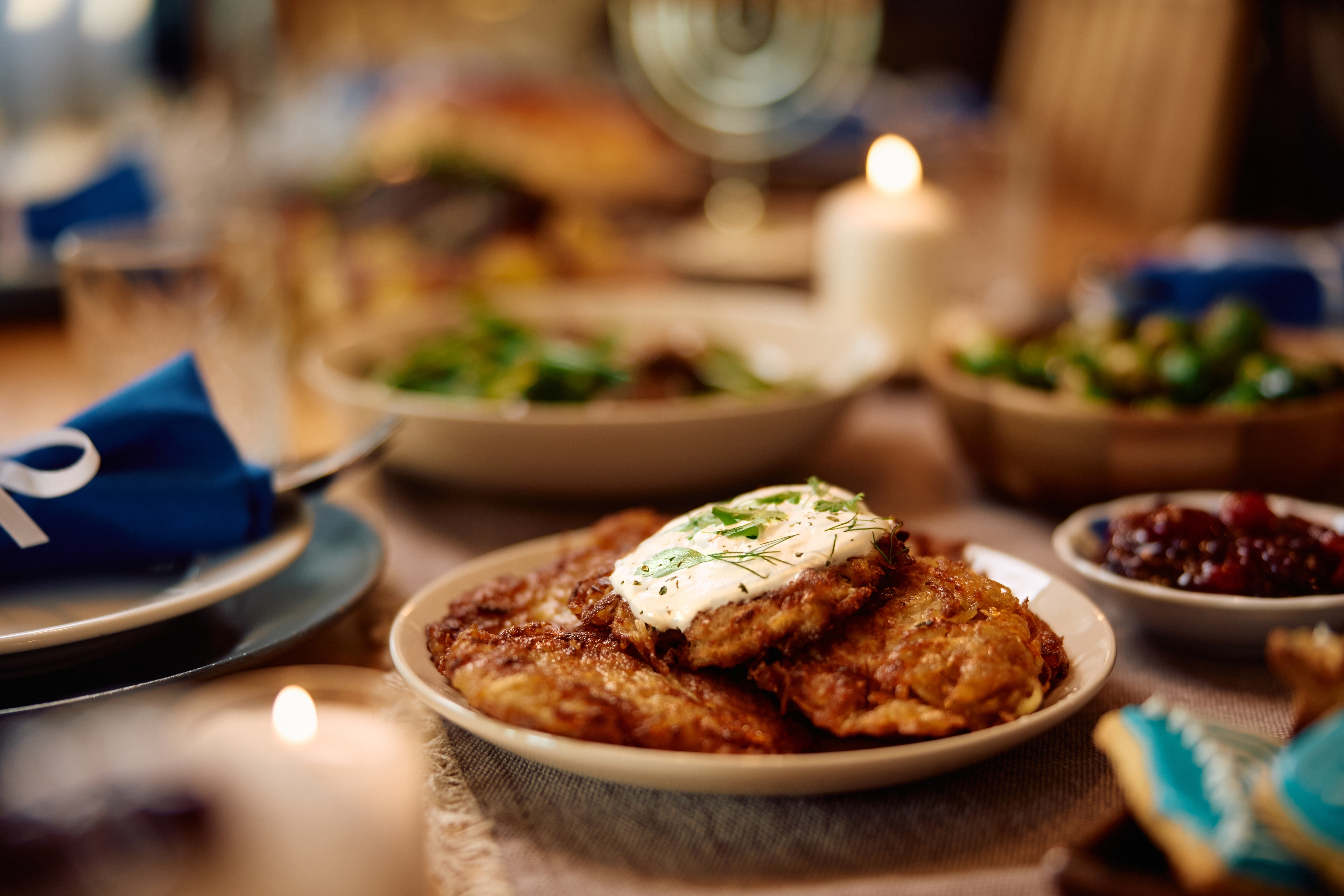
How to celebrate Hanukkah
With a party, of course!
Hanukkah is a joyful mix of ancient ritual and modern family tradition. Each night, families gather to light candles, exchange gifts, sing songs, play games, and share foods fried in oil — all reminders of the original miracle.
Light the menorah (Hanukkiah)
At the center of the holiday is the Hanukkah menorah, or hanukkiah, a nine-branched candelabrum. Eight candles represent the eight nights of Hanukkah, and the ninth — the shamash, or “helper” candle — is used to light the others.
Each evening, one more candle is added (you place the candles in the menorah from right to left but light them from left to right), creating a growing display of light. Blessings are recited before lighting, and many families place their menorah in a window to remind passersby about the miracle and share the glow with the world.
Lighting the menorah is both a sacred ritual and a beautiful nightly tradition that connects generations.
Spin the dreidel
No Hanukkah celebration is complete without a dreidel — a four-sided spinning top used in a playful game that dates back centuries. Each side features a Hebrew letter: Nun (נ), Gimel (ג), Hei (ה), and Shin (ש) — forming the acronym “Nes Gadol Haya Sham,” meaning “A great miracle happened there.”
Players use gelt (coins or chocolate coins wrapped in gold foil) as tokens. Before spinning, each player puts a fixed amount into the pot. Depending on which letter the dreidel lands on, players either win, lose, put coins into the pot, or do nothing at all:
- Nun = Take nothing
- Gimmel = Take all
- Hay = Take half
- Shin = Add one
The game continues until players have run out of "funds" and one is declared the winner.
The dreidel game blends luck, laughter, and learning — a reminder of Hanukkah’s message of miracles and joy.
Another fun game I like to play is simply seeing who can spin a dreidel the longest. Remember: It’s all in the twist of just two fingers. I prefer the thumb and middle finger technique.
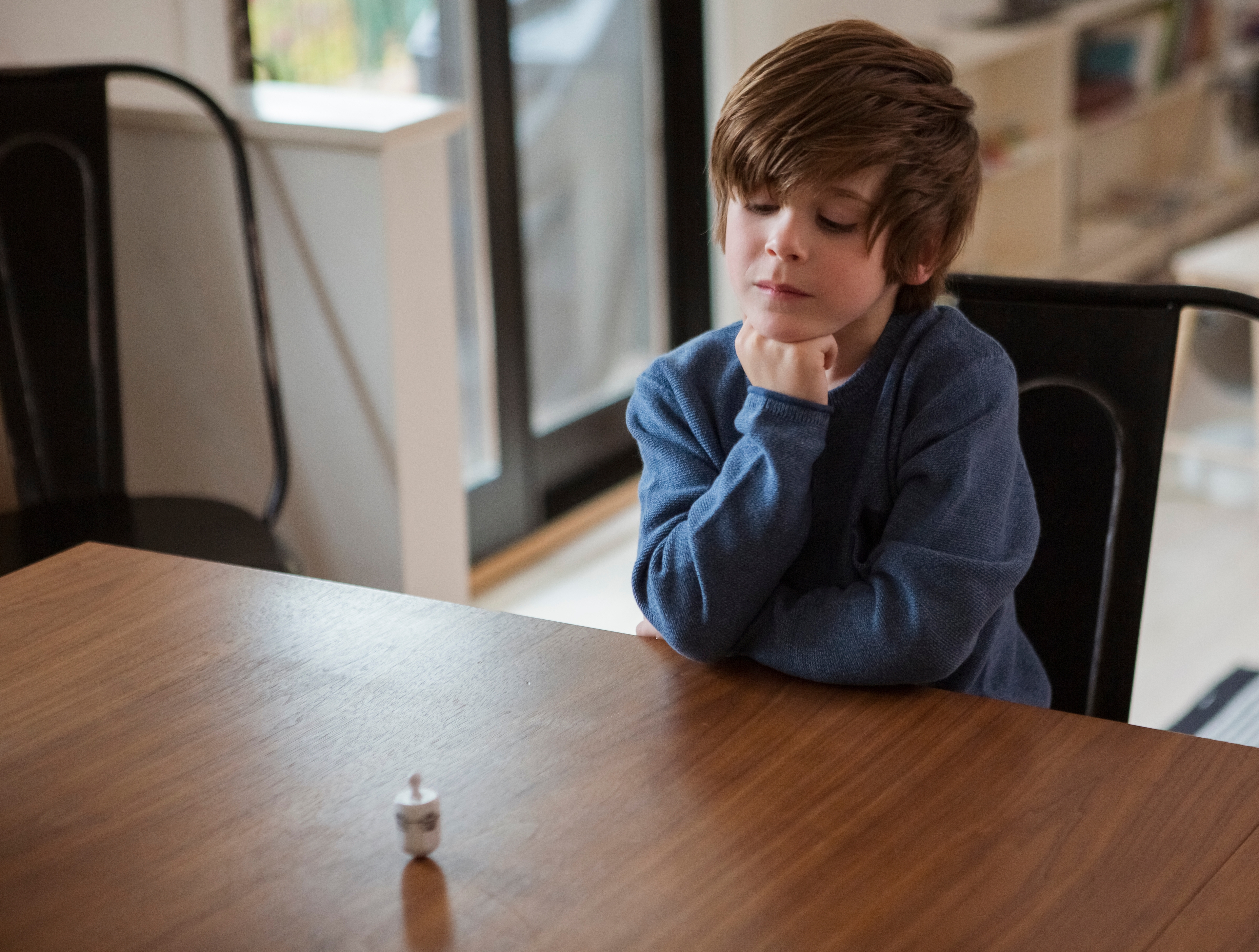
Eat traditional Hanukkah foods
Fried foods — I’m talking the very golden-brown kind of fried — take center stage during Hanukkah, symbolizing the miracle of the oil that burned for eight nights.
Latkes (potato pancakes)
Latkes are crispy potato pancakes made with grated potatoes, onion, eggs, and a bit of flour or matzo meal, fried until perfectly crisp. Other variations can be made with zucchini, beets, and other vegetables. Traditionally served with applesauce or sour cream — and elevated with smoked salmon and caviar or salmon roe — latkes are a beloved Hanukkah staple: simple, comforting, and steeped in history.
READ MORE: How to Make Latkes
Sufganiyot (jelly doughnuts)
Sufganiyot — jelly-filled doughnuts — are another must-have. “Must-have” might be an understatement: Deep-fried and dusted with powdered sugar, they’re often filled with jam, custard, or chocolate cream. See what I mean by why you must eat them?
Sufganiyah (a single doughnut) comes from the Greek word sufan, which means “fried” or “spongey.” The concept of the doughnut dates back to the 15th century, but it wasn't until the 16th century that Polish Jews started adding jelly to the doughnuts that they ate on Hanukkah. The popularity of this food really took off, though, in the 1920s, when the Israeli labor foundation made a strong push to make jelly doughnuts the Hanukkah treat of choice within the country.
They go by many other names, including Berliners in Germany, Bismarcks in parts of the United States and Canada, and ponchiks in Poland. Whatever you call them, remember that each bite honors the oil that kept the ancient flame alive.
Latkes and sufganiyot are the two most popular Hanukkah foods, but others are eaten around the world, from fried chicken in Italy to a chickpea fritter in Iraq.
MAKE IT: Sufganiyot Recipe

Sing songs
Music plays a big part in Hanukkah celebrations, helping families mark each candle-lighting with joy. Popular Hanukkah songs include:
“Hanukkah, Oh Hanukkah” – a lively traditional tune sung in English and Yiddish
“I Have a Little Dreidel” – a favorite among children
“Ma’oz Tzur (Rock of Ages)” – a Hebrew hymn about deliverance and strength
“Sevivon Sov Sov Sov” – a cheerful dreidel song in Hebrew
Modern music also celebrates the season. It goes without saying that Adam Sandler's legendary "The Chanukah Song" leads the list, and, for those into Motown, Sharon Jones and the The Dap-Kings' soulful "8 Days (of Hanukkah)" is a hip-yet-classic jam explaining the holiday in a funky fashion. West Coast rap legend Too $hort even contributed to the tradition with his "Hanukkah (Favorite Time of the Year"). Composer Erran Baron Cohen (the older brother of actor Sacha Baron Cohen, aka Borat and Ali G) has become known for re-rapping the classics, recording his own version of the "Dreidel Song."
When is Hanukkah?
It seems the date changes every year. One year, it might begin in early December. Another year, it can overlap with Christmas. And another year, it might land on Thanksgiving! Talk about a holiday that keeps you on your toes.
Despite this constant date change, Hanukkah always begins on the 25th day of Kislev on the Hebrew calendar, but because the Jewish calendar is lunar-based, the dates shift each year on the Gregorian calendar.
To show how much the dates of Hanukkah can differ from year to year, in 2022 the holiday started on Dec. 18; in 2023, the first night of Hanukkah was Dec. 7; in 2024, the Festival of Lights began on Dec. 25 (Chrismukkah!); and in 2025, Hanukkah begins at sundown on Dec. 14 and ends on Dec. 22.
If you’re looking to plan way into the future, here are the dates for Hanukkah until the end of the decade:
2026: Dec. 4-12
2027: Dec. 24, 2027- Jan. 1, 2028
2028: Dec. 12-20
2029: Dec. 1-9
.svg?q=70&width=384&auto=webp)

